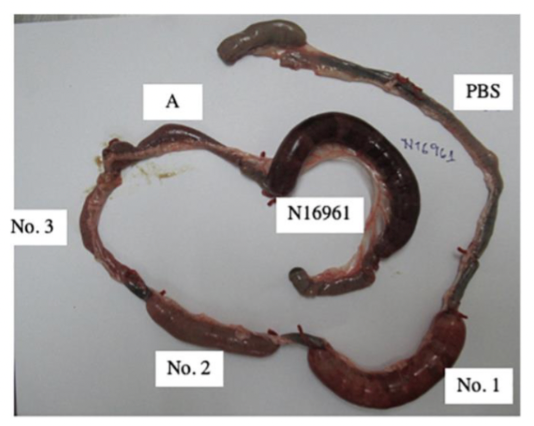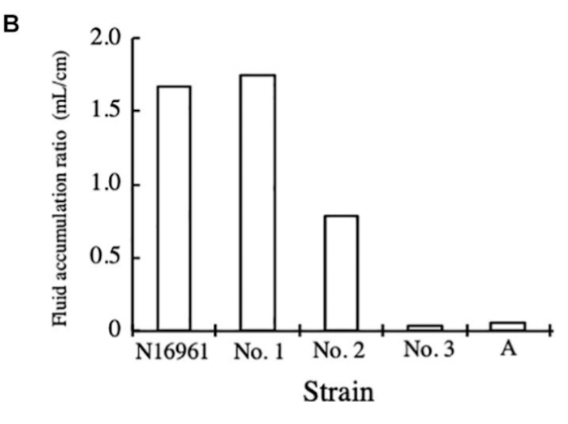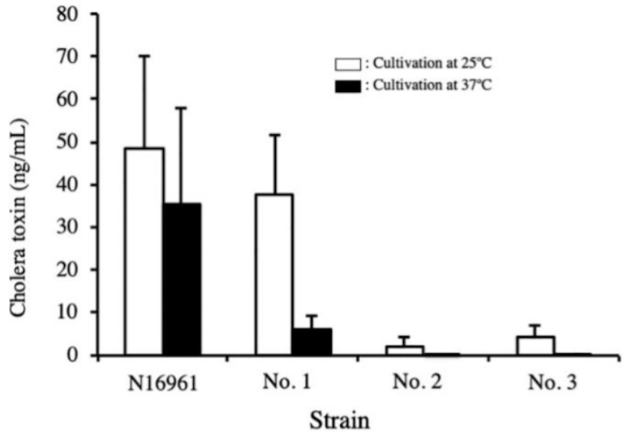chapter 12.3 case study, Virulence of cholera toxin gene-positive Vibrio cholerae non-O1/non-O139 strains isolated from environmental water in Kolkata, India
1/6
There's no tags or description
Looks like no tags are added yet.
Name | Mastery | Learn | Test | Matching | Spaced |
|---|
No study sessions yet.
7 Terms
aim
hypothesis
presence of ctx gene in non-O1 and non-O139 strains will increase pathogenicity of these non-toxic strains
background
Vibrio cholerae: pathogen causing acute diarrheal disease- “cholera”
V. cholerae serogroups O1 and O139 can produce cholera toxin(CT) and cause disease
Serogroups: classification of microorganisms based on shared surface antigens that trigger an antibody response
Cholera toxin: exotoxin produced by Vibrio cholerae
Non-O1 and Non-O139 V. cholerae strains often don’t have the cholera toxin gene ctx gene and therefore don't cause outbreaks
The researchers identified 3 non-O1 and non-O139 strains that had the ctx gene and establish an infection
recall// pathogenicity: ability to cause disease
Are the researchers using the right terminology? Are they thinking of pathogenicity or virulence?
Pathogenicity: ability of a microbe to cause disease (qualitative)
Virulence: degree of harm cause by a pathogen (quantitative)

step 1: rabbit intestine with V. cholerae or buffer injected in diff locations
PBS: clean buffer solution, control
N16961: toxic strain of V. cholerae (O1 or O139, has ctx gene)
no1, 2, 3: (non O1, O139, has ctx gene)
A: non-toxic strain (non O1, O139, does not have ctx gene)
Cholera toxin causes accumulation of water in interesting, intestinal cells cant absorb water → diarrhea
If a strain secretes cholera todin, we should see fluid accumulation in the gut

step 1: volume of fluid accumulated
Which of the strains of “”non-toxic” V. cholerae causes accumulation of fluid in the intestine?
Which strains of “non-toxic” V. cholerae are actually non-toxic/ non-pathogenic
Which strain of “non-toxic” V. cholerae is the most virulent?

step 2:
Which non-toxic strain can express and secrete cholera toxin?
Does the data in fig 1 correlate with the data in fig 2?
Do you think strain No1 would be likely to cause disease in humans based on the information in thsi slide? (graph of fig 2)
conclusion
No1 “non-toxic” strain is theoretically pathogenic (encodes a virulence factor, cholera toxin), REMEMBER// strains that are non-O1 and non-O139 are considered “nontoxic”
No1 likely has a toxin gene and produces toxins at 25C
Hypothesis was presence of ctx gene in non-O1 and non-O139 strains will increase pathogenicity of these non-toxic strains
Evidence for this is mixed